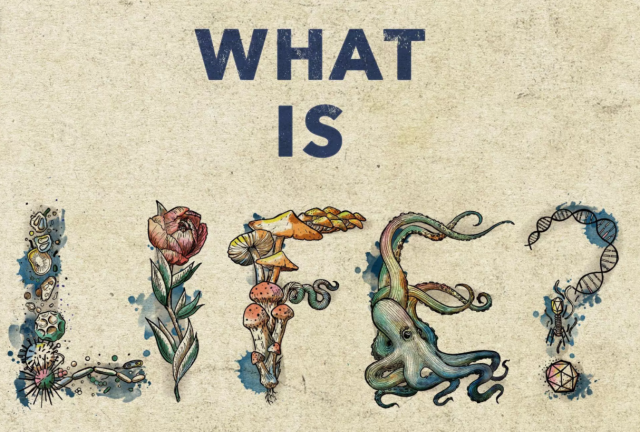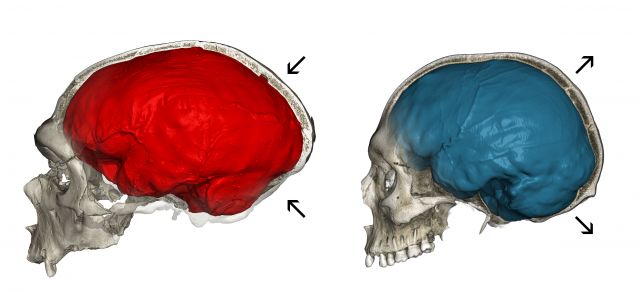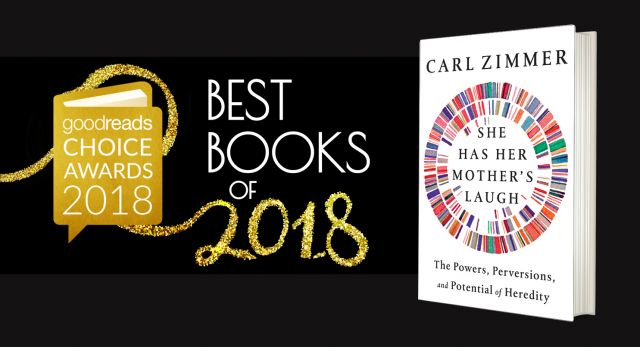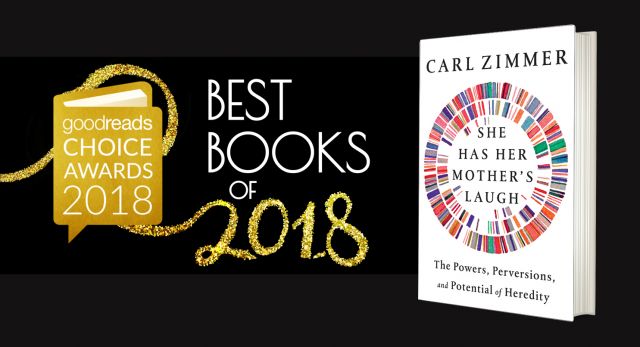Happy March! Here’s a late-winter selection of updates…
Doubling DNA, Twins CSI, and Mice in Conversation
Since the last Friday’s Elk, I wrote three pieces for the New York Times on three rather different topics.
1. Your DNA is spelled out in an alphabet of four “letters.” Now scientists have added another four, and found that this new eight-letter DNA can still work as a way to store genetic information. Perhaps we will use this molecule to store movies and spreadsheets someday. Leading the effort is a scientist named Steven Benner. You can listen to Benner and me talk about just how weird life can get in this episode of my podcast, “What Is Life?”
2. Identical twins are not exactly identical, even though they descend from a single fertilized egg containing a single genome. Mutations arise in embryos as their cells divide, and when twin embryos split apart, one may end up with a few mutations that the other lacks, and vice versa. Forensic scientists have wondered for many years if a DNA test could ever tell twins apart. I tell the story of the long search for such a test–and puzzle over why it isn’t being used right now to solve cold cases.
3. Our power of language may be one of the most important features that sets our species apart from all other living things. But language’s building blocks may have been evolving for 100 million years. I write about a strange singing mouse that seems to communicate in conversations–and uses some of the same brain circuitry we use to do so. (Mouse photo by Christopher Auger-Dominguez)

What’s In Your Genome?
The newest episode of Radiolab takes a look at that bizarre attic that is our genome. I talked with producer Pat Walters about some of the junk that, with a little evolutionary altering, has become downright useful–even essential. Take a listen. (Here’s a story I wrote for the New York Times Magazine about junk DNA, and here’s a blog post I wrote about the viral gene without which none of us would be born.)
By coincidence, a couple other podcasts have just posted interviews about She Has Her Mother’s Laugh: Point of Inquiry and Curiosity Daily.

As spring approaches, I’m starting to scramble again, traveling hither and yon to give talks. This past week, I headed to snowy Cambridge, Mass., for a conversation with David Quammen, then journeyed to the sultry city of Adelaide in Australia for their writers festival, and finally returned to the snow to give a lecture at the University of Illinois.
Here is a nice write-up in the Harvard Gazette of my conversation with Quammen about the tree of life, writing about nature, and more. The video will be available within a few weeks; I will keep you posted.
Tim Flannery, an Australian biologist and author of many fine books, wrote a gratifying review of She Has Her Mother’s Laugh for the New York Review of Books. (First time I’ve been reviewed in their pages!)
Snip:
“A grand and sprawling book that investigates all aspects of inheritance, from ancient Roman law to childhood learning, and on to the bacteria that inhabit our belly buttons (which are surprisingly varied among individuals). Along the way, the book provides many amusing historical anecdotes and important scientific insights…Some of the most fascinating material Zimmer covers concerns the phenomena of mosaicism and chimerism, in which individuals are made up of cells with differing genetic inheritances.”
March 15, 2019 Brookline, MA.“Science On Screen” at the Coolidge Theater. (A double-feature: a talk about heredity and a screening of the heredity-based comedy, Flirting With Disaster.)
April 9, 2019 Wellesley College. Mayer Lecture. Details to come.
May 25-26, 2019 Copenhagen: Bloom Festival.
If you’ve enjoyed reading She Has Her Mother’s Laugh, please rate/review it on your favorite book site, such as Goodreads or Amazon. Thanks!
You can find information and ordering links for my other books here. You can also follow me on Twitter, Facebook, Goodreads, and LinkedIn. If someone forwarded this email to you, you can subscribe to it here.
Best wishes, Carl
Originally published March 8, 2019. Copyright 2019 Carl Zimmer.



